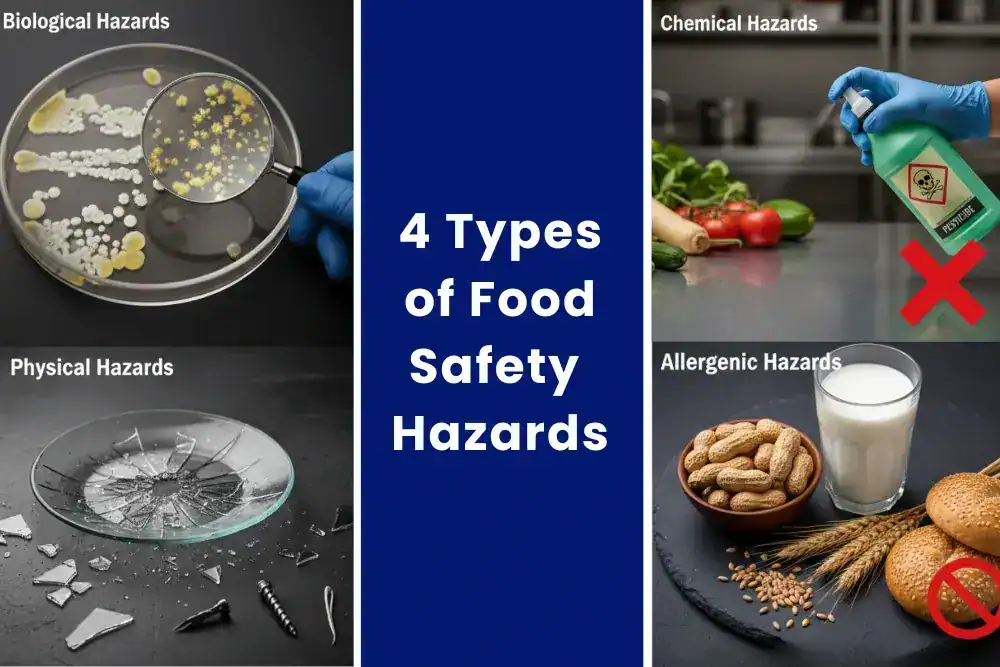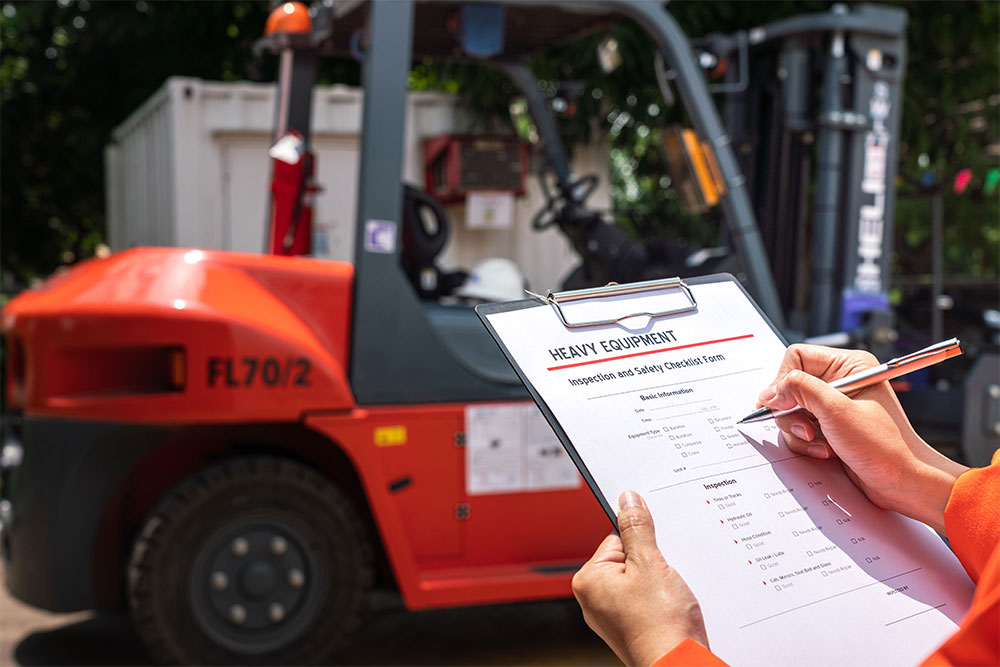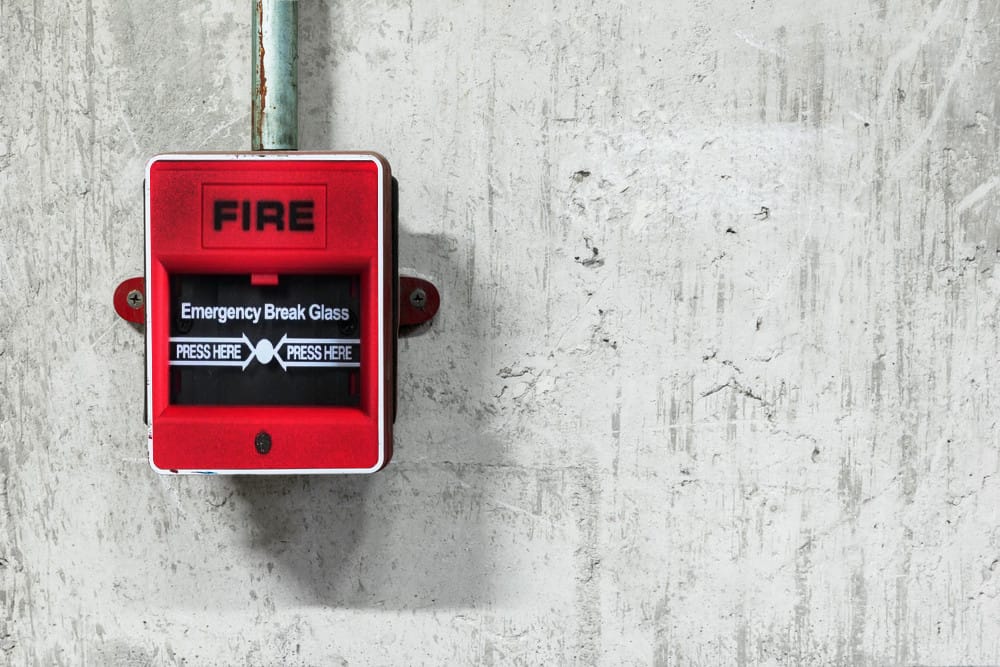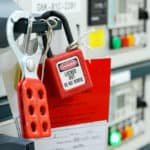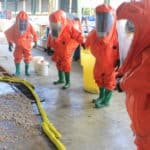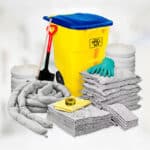
One in four UK workplaces is dangerously loud. This means that working in these environments risks permanent hearing loss without protection.
However, these protections are severely lacking in workplaces across the nation, according to the Health and Safety Executive (HSE).
In fact, recent HSE investigations have revealed just how serious this issue is – and how many workers are at risk.
This blog breaks down the HSE’s findings and explains why employers must act to protect their workers from excessive noise now.
Key Takeaways
- One in four UK workplaces is dangerously loud, putting workers at risk of permanent hearing loss without proper protection.
- HSE inspections found major failings in these workplaces: 80% of employees had no training on how to wear their hearing protection correctly and 75% had never been shown how to care for it.
- Hearing loss is irreversible. It develops gradually, often unnoticed until everyday sounds begin to fade. Even the best hearing aids cannot fully restore natural hearing.
- Failing to protect hearing is both a legal and moral failure. Employers’ duties under the PPE Regulations extend beyond issuing equipment to ensuring it is suitable, maintained and used correctly (three areas the HSE identified as lacking).
- The HSE has introduced the CUFF system (Condition, Use, Fit the ear, Fit for purpose) to help employers ensure hearing protection is genuinely effective.
Serious Gaps in Hearing Protection
Excessive noise is a recognised workplace hazard. Under both the Health and Safety at Work Act 1974 and the Control of Noise at Work Regulations 2005, employers have a legal duty to prevent noise-related harm, such as irreversible hearing loss.
Like other hazards, employers are expected to assess noise risks, put effective controls in place and ensure workers know how to protect themselves.
It’s this critical last step that’s tripping employers up, as confirmed by the HSE’s most recent inspection campaign.
The headline findings were:
- 63% of employees had not received guidance on the importance of wearing hearing protection continuously while exposed to dangerous noise levels.
- 75% of employees working in mandatory hearing protection zones had never been shown how to properly care for their personal protective equipment (PPE).
- 80% had not been trained in how to fit or wear their protection correctly, leaving them exposed even when equipment was issued.
- 95% of employers had not checked whether critical alarms and warning signals could still be heard by workers wearing hearing protection.
The HSE has drawn one conclusion: there are serious gaps in hearing protection implementation.
And it gets worse. According to Chris Steel, HSE’s Principal Specialist Inspector, these gaps “place an added risk to workers of excessive exposure to noise when they may believe they are being protected.”
In other words, workers are under the impression they’re safe because they’re wearing hearing protection, when in reality, that protection isn’t doing its job.
Noise Risk Assessment Training
Recognise the noise hazards in your workplace and how they can be controlled. This online course introduces how and why you must conduct noise risk assessments, helping you to protect hearing health and meet legal duties.
The Human Cost of Hearing Loss
Adding to the risk, people can’t instinctively recognise the point when loud noises become harmful.
Volumes of only 85 decibels (about the level of a vacuum cleaner) can cause hearing loss over time, so workers often don’t realise the danger they’re in until everyday sounds start to fade. By then, the loss is permanent: noise-induced hearing damage can’t be undone.
For some, this damage comes in the form of constant tinnitus – a ringing or buzzing that never goes away.
For others, it causes profound, irreversible hearing loss. On the job, workers won’t be able to hear instructions, warnings or alarms, meaning they’re at greater risk of accidents. At home, they’ll struggle to have conversations, keep up with a film or enjoy music.
In these cases, hearing aids can help recapture some of what was lost, but they can’t restore natural hearing. Subtle sounds will remain difficult to catch, background noise can become overwhelming and the easy flow of conversation is never quite the same.
The HSE estimates that millions of people in Great Britain are still exposed to harmful noise levels at work. Each case of hearing damage is more than a statistic; it represents a life that has been permanently altered.
Closing the Gaps: The CUFF System
The HSE’s findings suggest that employers are taking steps to comply with the Control of Noise at Work Regulations, but are overlooking another critical piece of legislation: the Personal Protective Equipment at Work Regulations 1992
Under these regulations, employers must ensure that any protective equipment they provide is suitable, properly maintained and used correctly. Just handing out ear defenders isn’t enough.
Even though the majority of employers are failing in this area, the HSE wants progress, not prosecutions. Instead of a raft of convictions, its recent investigation has led to the introduction of a simple system to help employers ensure hearing protection is actually protecting hearing.
The system is called CUFF. It sets out four straightforward steps that you should always follow to verify that your hearing protection programme is doing its job:
- Condition – Is the equipment functional and in good condition? Check whether earplugs and earmuffs are actually capable of doing the job: stretched headbands, perished seals or old moulded plugs give false security, not protection
- Use – Is the equipment deployed when necessary? Think about availability and timing. Workers need to put on hearing protection before they’re exposed to loud noises and keep it on until they’re in a safe environment.
- Fit the ear – Does the equipment fit the wearer’s ears? Earplugs must seal the canal; muffs shouldn’t be disturbed by hats, hoods or hair; and helmet-mounted systems need proper pairing.
- Fit for purpose – Is the equipment suitable for the environment and hazards? Hearing protection must be rated for the noise level, but not over-protect to the point that alarms and warnings won’t be heard.
Following CUFF, you and your line managers can quickly assess the state of hearing protection in your workplace. If you’re failing on any point, it’s time to rethink how PPE is being used by your employees.
Next Steps
The HSE’s findings are clear: too many workplaces are failing to protect their people from dangerous levels of noise. The consequences are severe and irreversible, yet also entirely preventable.
To help employers, the HSE has launched a dedicated campaign page with guidance on how to improve hearing protection programmes and ensure compliance. You can explore that resource here: HSE – Protecting Workers from Noise.
If you want more structured support, we offer online Noise Risk Assessment Training. The course provides an overview of recognising noise hazards, assessing risks and implementing effective controls that protect your people’s hearing.
